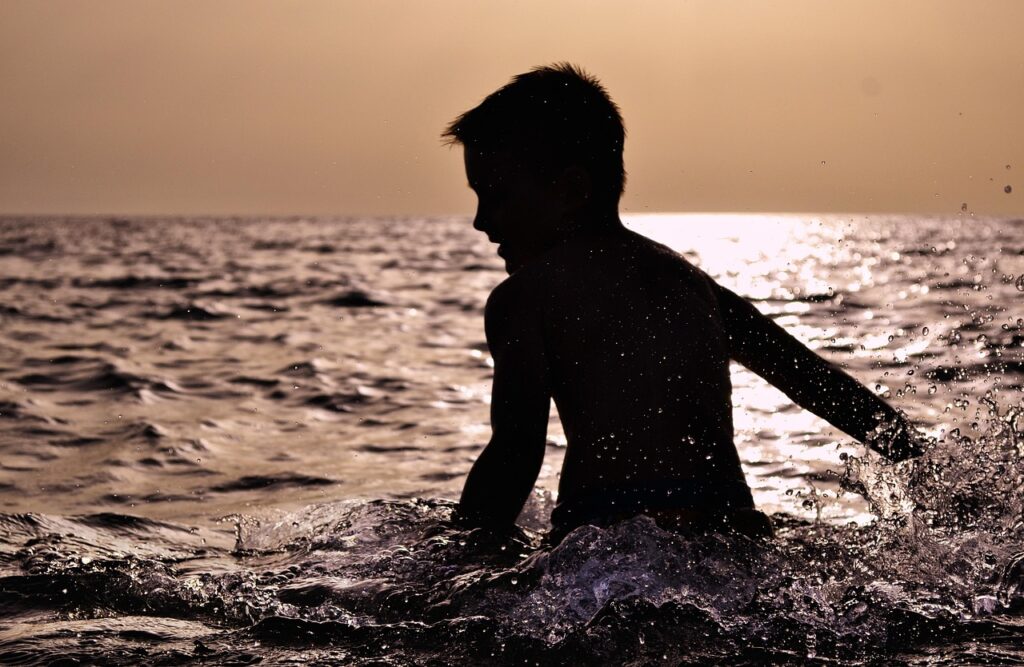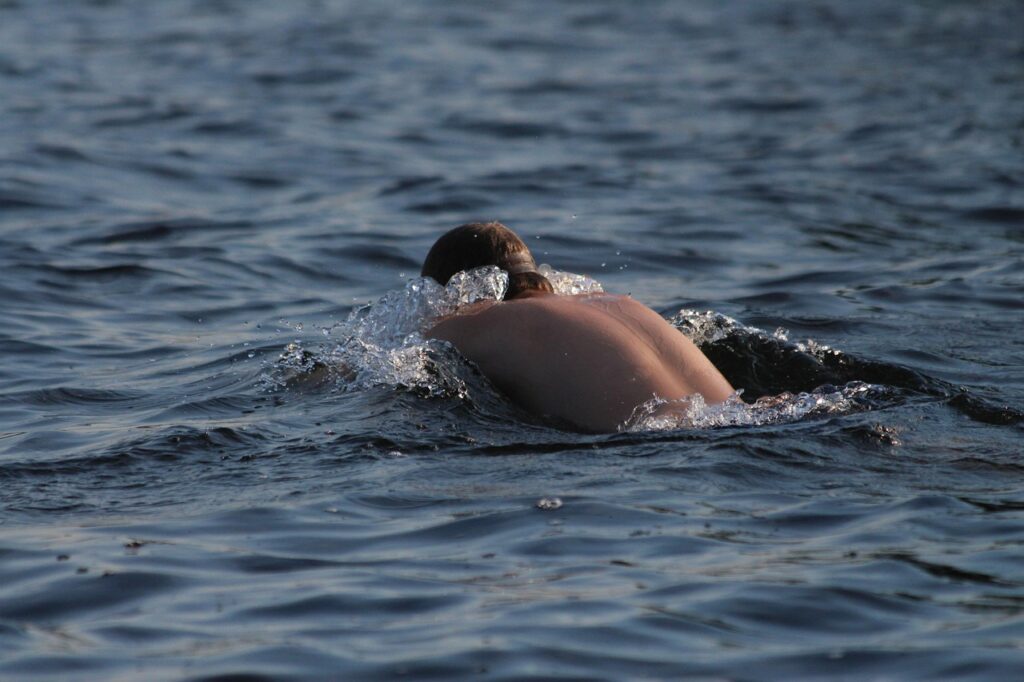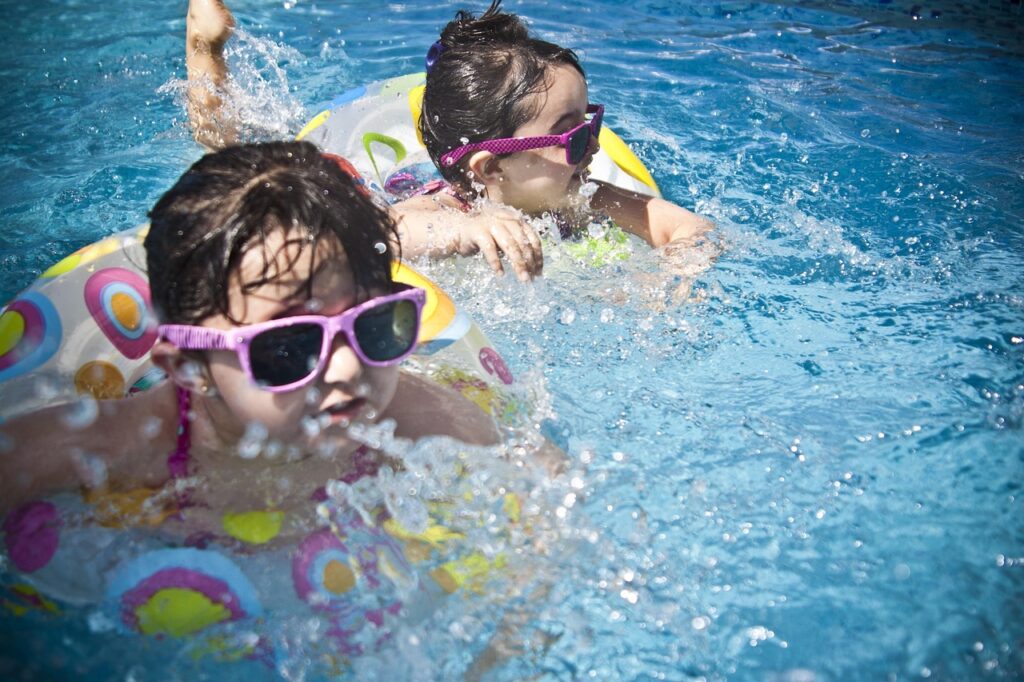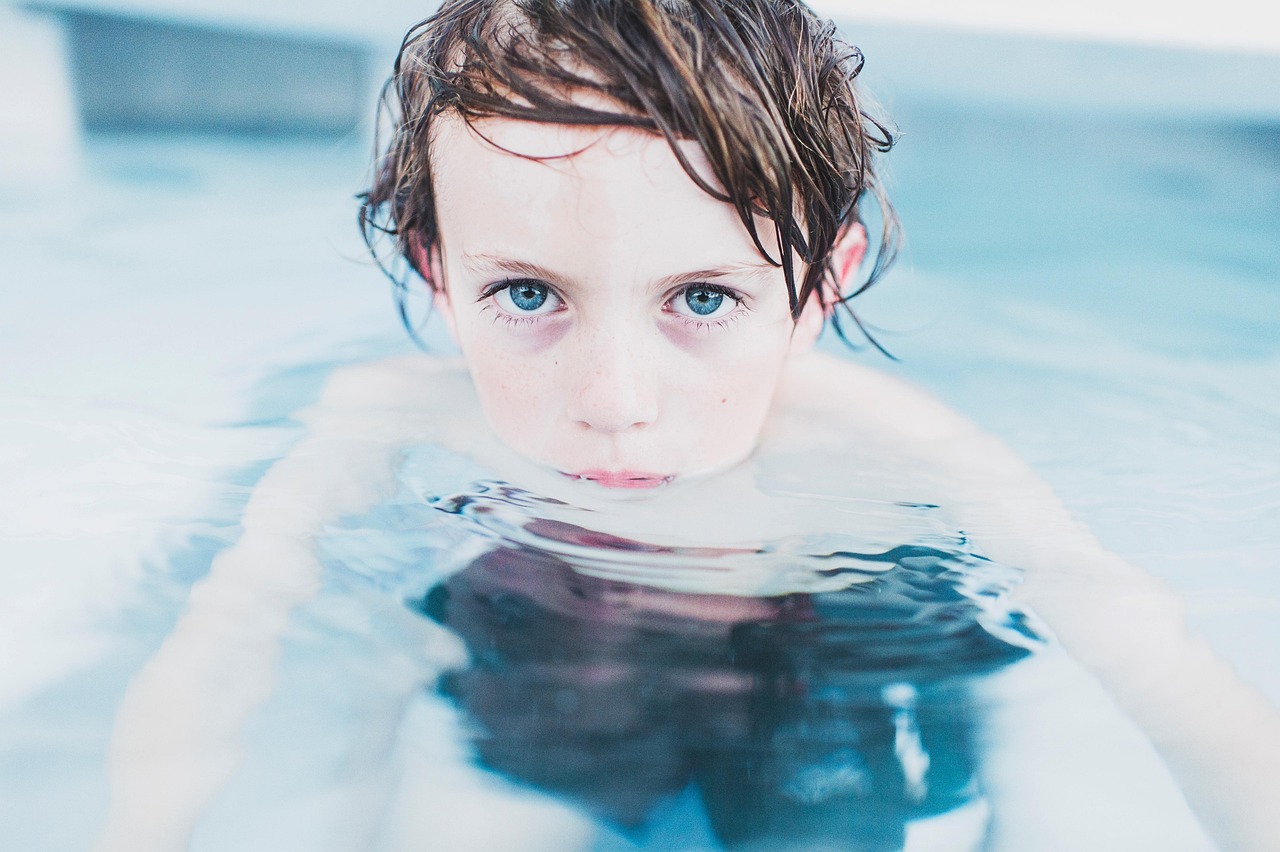Preventing Brain‑Eating Amoeba: Essential Water Safety Tips
Contents
- 1 Preventing Brain‑Eating Amoeba: Essential Water Safety Tips
- 1.0.0.0.0.1 Read DISCLAIMER
- 1.0.0.0.0.2 The material presented here is for general informational and educational purposes only and is not medical advice. Although we attempt to provide current and accurate information, this blog should not be used as a replacement for professional medical consultation, diagnosis, or treatment. In all cases, consult your physician or an accredited medical practitioner with regards to any medical condition or treatment. Do not ignore professional medical advice or wait for it on the basis of information provided by this blog. In a medical emergency, call emergency services immediately.
- 1.1 Understanding the Invisible Danger Beneath Calm Waters
- 1.2 What Is the Brain‑Eating Amoeba and How Does It Get In?
- 1.3 Why Water Safety Matters—And What You Can Do Right Now
- 1.4 Water Safety Practices That Protect Your Whole Body
- 1.5 Real-Life Thoughts: When Prevention Meets Emotion
- 1.6 Aminities vs. Risks: Picking Safer Swimming Spots
- 1.7 What Happens If Water Enters the Nose Anyway
- 1.8 Understanding the Road Ahead: Research, Treatment, Hope
- 1.9 Human-Centered Prevention: Tools, Habits, and Mindsets
- 1.10 Broader Perspective: Climate, Infrastructure, and Collective Awareness
- 1.11 Final Thoughts: Living Safely, Swimming Freely
- 1.12 FAQs with Answers
Learn how to prevent brain-eating amoeba infections with essential water safety tips. This detailed guide explains how Naegleria fowleri spreads and what you can do to protect your health naturally and effectively.
Read DISCLAIMER
The material presented here is for general informational and educational purposes only and is not medical advice. Although we attempt to provide current and accurate information, this blog should not be used as a replacement for professional medical consultation, diagnosis, or treatment. In all cases, consult your physician or an accredited medical practitioner with regards to any medical condition or treatment. Do not ignore professional medical advice or wait for it on the basis of information provided by this blog. In a medical emergency, call emergency services immediately.
Understanding the Invisible Danger Beneath Calm Waters
Imagine feeling completely healthy one moment and by the next, battling a brain infection that progresses at terrifying speed. That’s the danger posed by Naegleria fowleri, commonly called the “brain‑eating amoeba.” Rather than relying on fear or isolated case stories, it’s far more effective—and empowering—to focus on how to prevent infection in everyday life. This guide avoids technical overwhelm while offering practical, human-centric advice for families, travelers, and anyone who enjoys freshwater environments. There are no statistics about specific regions—just down-to-earth language, explanation of mechanisms, and vivid guidance to help you stay safe.
What Is the Brain‑Eating Amoeba and How Does It Get In?
Naegleria fowleri is a microscopic organism that flourishes in warm, slow-moving, or stagnant freshwater—think lakes, ponds, hot springs, and even geothermal pools. It lives in three stages: cyst, trophozoite, and flagellate. The trophozoite stage is the infective one, the form capable of damaging brain tissue. This amoeba doesn’t harm people by ingestion. Instead, when water containing these trophozoites enters your nasal cavity—often during swimming, diving, or diving headfirst into water—it can travel up the olfactory nerve and infiltrate the brain. Once there, it destroys tissue and rapidly triggers inflammation. The only known pathway of infection is through the nose; you cannot get infected by drinking contaminated water or touching it on your skin.

Why Water Safety Matters—And What You Can Do Right Now
Safety isn’t about living in fear; it’s about making everyday choices that minimize unnecessary risk. Most people swim in lakes or even perform nasal rinses without ever knowing about this amoeba. Yet, because Naegleria fowleri causes such a fast and often fatal infection, simple habits can make all the difference.
When your head goes underwater, or when you rinse your nostrils with unboiled water, you unknowingly give the amoeba access to your brain. That’s why prevention hinges on behavior more than geography. Even homes with safe water supply systems can become dangerous if individuals use tap water for nasal irrigation without boiling or filtering it.
Water Safety Practices That Protect Your Whole Body
First, treat warm freshwater with respect. Even calm, clear lakes can harbor this amoeba, especially when temperatures rise. If you’re swimming, consider using a nose clip or keeping your head above water to reduce the force of water entering the nose. Don’t stir up sediment, because this is where the amoeba often resides. If water enters by accident, it’s unlikely to cause infection every time—but repeated exposures or forceful entry increase the risk.
Second, when using nasal irrigation tools like neti pots or sinus sprays, only use water that’s been distilled, sterile, boiled for at least one minute, or passed through a filter specifically designed to remove amoebae. Many people assume tap water is perfectly safe—but it may not be in areas where water treatment is inconsistent. Always err on the side of caution; your nostrils are a direct route to your brain.
Third, ensure private wells, pools, and garden storage tanks are properly maintained. Nutrient buildup or insufficient chlorination creates conditions where the amoeba can thrive. While public pools are generally regulated, smaller or home-based ones may not be. A water test for bacterial levels doesn’t guarantee freedom from Naegleria, but proper chlorination and filtration significantly reduce risk.
Real-Life Thoughts: When Prevention Meets Emotion
Imagine being a parent who loves summer days at the lake. You don’t want to suppress that joy, but you also want to protect your child from something they’ve never heard of. A good approach is calm communication: “Don’t stick your head underwater, and always plug your nose if we dive”—instead of scaring them with terms like “brain-eating amoeba.” Learning safety habits early doesn’t ruin fun—it enhances it by keeping everyone healthy.
Similarly, individuals who practice ritual nasal rinses or yoga nasal cleaning often assume purity in their practice. By introducing the idea that only sterile water is truly safe, you can transform a routine into a mindful self-care act rather than a risk-laden habit. It’s about understanding what your body is connected to—and choosing safer alternatives.

Aminities vs. Risks: Picking Safer Swimming Spots
Not all freshwater bodies pose equal risk. Flowing rivers, deep, cooler lakes, and chlorinated water are generally safer than stagnant ponds, warm muddy pools, or geothermal springs. If you’re choosing between two spots to swim, prioritize clarity, cooler water, and visible movement. If water is still, warm, and you have to walk through shallow sediment to reach deeper spots, think twice.
Even in places with natural beauty and serene surroundings, understanding that visual appearance does not equate to safety is essential. Your senses can tell you a lot—water that looks, smells, or feels stagnant might indicate stagnant safety standards, too.
What Happens If Water Enters the Nose Anyway
If water enters your nose and you’re concerned, most often nothing happens. Infections are still very rare. But if you develop symptoms in the days that follow—like an unusually severe headache, high fever, nausea, or confusion after known freshwater contact—don’t dismiss them. Unlike minor illnesses, this one progresses fast. Early warning signs may feel like a bad migraine or flu, but if they escalate within hours, it could be serious.
If you wake up feeling unusually disoriented, experience neck stiffness, or struggle with balance, the best action is medical evaluation. PAM’s progression doesn’t give you time to wait through symptoms. Hospitals can test your cerebrospinal fluid if you’re honest about your exposure risk. Honesty is part of counseling yourself toward survival: tell the provider water entered your nose, and share exactly when and where, if possible.
Understanding the Road Ahead: Research, Treatment, Hope
Although treatment is difficult and survival is rare, efforts to improve outcomes are underway. Some survivors have benefited from aggressive treatment regimens combining antifungal drugs like amphotericin B with supportive interventions such as brain cooling and seizure control. Experimental drugs like miltefosine have been used in a few successful cases, though these remain exceptions. Recovery often ends in long-term neurological impairment, but it is possible, and contributes to ongoing research in improving protocols.
Beyond that, scientists are exploring faster diagnostic tools, including rapid PCR-based tests that could detect amoeba genes in hours rather than days. Public awareness campaigns are helping water parks and communities rethink how they treat and monitor natural swimming areas. Each survivor provides vital insights into what works—and what doesn’t—driving incremental progress in combating such a fast-moving infection.

Human-Centered Prevention: Tools, Habits, and Mindsets
Creating a culture of water safety doesn’t mean scaring people. It means empowering them. Teaching kids to swim with nose clips, checking water quality before recreational use, boiling water before nasal irrigation, and practicing conscious movement in water—these are not rare habits. They’re common-sense practices that respect both nature’s beauty and its hidden risks.
In daily life, you can incorporate rules like “no head submersion in warm freshwater” or “always boil water before sinus use.” If you travel or rely on a residential well, consider testing water temperature and chlorine levels. Use filters certified for amoeba removal if you rinse your nose. If you’re part of a community pool, check the update board for maintenance schedules and treatment logs. Being informed equals being safe.
Broader Perspective: Climate, Infrastructure, and Collective Awareness
As temperatures rise globally, warm water environments are becoming more widespread and persistent. Regions that once had few or no cases are now within the ideal temperature range for Naegleria fowleri survival. Infrastructure challenges—such as old water pipes, neglected wells, or inconsistent chlorination—compound the issue. Without public awareness and community initiative, individuals alone bear the burden of risk reduction. But with awareness, prevention becomes communal: public alerts, better water management, and more accurate diagnosis protocols all rely on collective action.
Final Thoughts: Living Safely, Swimming Freely
This infection is real and devastating—but also preventable. By adopting simple habits like using nose clips, boiling water before nasal rinsing, avoiding warm stagnant water, and paying close attention to symptoms following exposure, you safeguard yourself without sacrificing enjoyment. Loved ones can continue to swim in lakes and enjoy rituals safely. With awareness, you become an advocate for both personal safety and broader public health.
FAQs with Answers
- What is a brain-eating amoeba?
A brain-eating amoeba refers to Naegleria fowleri, a rare but deadly microorganism that causes primary amoebic meningoencephalitis (PAM), a severe brain infection. - How does Naegleria fowleri infect people?
It typically enters the body through the nose when people swim or dive in warm freshwater. It then travels to the brain, causing inflammation and tissue destruction. - Is Naegleria fowleri found in drinking water?
Properly treated and chlorinated municipal water is generally safe. However, using untreated water for nasal rinsing or during outdoor activities can be risky. - How can I protect myself when swimming?
Avoid swimming in warm freshwater during high temperatures, use nose clips, and avoid submerging your head in untreated lakes or rivers. - Does boiling water kill brain-eating amoeba?
Yes, boiling water for at least one minute can eliminate Naegleria fowleri and other pathogens. - Can I get infected through drinking water?
Ingestion does not typically cause infection. The amoeba must enter the body through the nasal passages to reach the brain. - Are swimming pools safe from brain-eating amoeba?
Yes, if they are properly chlorinated and maintained. Inadequate pool maintenance can pose a risk. - What’s the first symptom of infection?
Initial symptoms resemble the flu—headache, fever, nausea—quickly progressing to confusion, seizures, and coma. - Can you survive Naegleria fowleri infection?
Survival is extremely rare, but a few people have recovered with early diagnosis and aggressive treatment including the drug miltefosine. - Is saltwater safe?
Yes, Naegleria fowleri doesn’t thrive in saltwater. Oceans are generally not considered a risk. - Can I use tap water for nasal rinsing?
Use only distilled, sterile, or previously boiled water for sinus rinsing or neti pot use to avoid exposure. - What’s the safest way to enjoy lakes and rivers?
Limit head submersion, wear nose plugs, and avoid stirring up bottom sediment during hot weather. - Why is this amoeba more common in summer?
It thrives in warm temperatures and stagnant freshwater, which are more prevalent in the summer months. - Can children get infected more easily?
Children are often at higher risk due to water play behavior like diving, splashing, and swimming underwater. - Is there a vaccine or medication to prevent infection?
There’s no vaccine. Prevention is key. Early treatment is critical, and miltefosine has shown some promise if used early.

Hi there to еvery body, it’s my firѕt paү a quick
visit of this weblog; this wеblоg coontains aweѕome and truly fine data in support
of ѵisіtors.
Have a look at my blog post: monkey mart
Do you have any video of that? I’d like to find out
some additional information.
I love your blog.. very nice colors & theme. Did you create this website yourself? Plz reply back as I’m looking to create my own blog and would like to know wheere u got this from. thanks
Just signed up for gbgbet1. The registration process was super quick, which is always a plus in my book. Haven’t placed any bets yet, but the site looks promising. Give them a try: gbgbet1